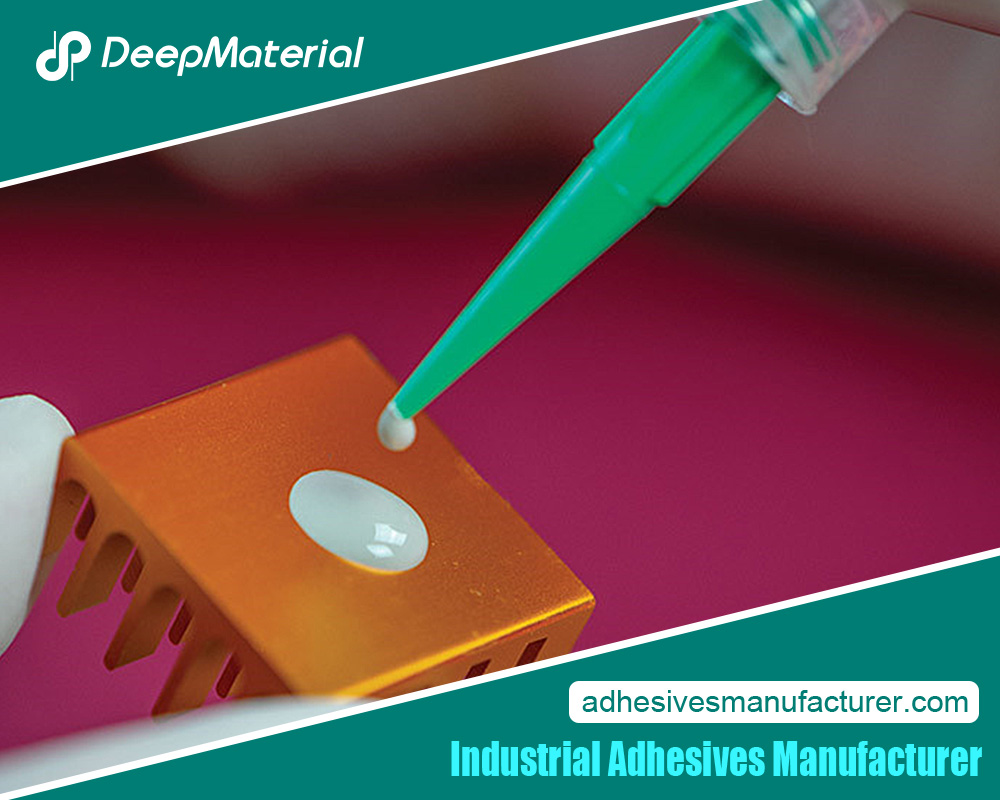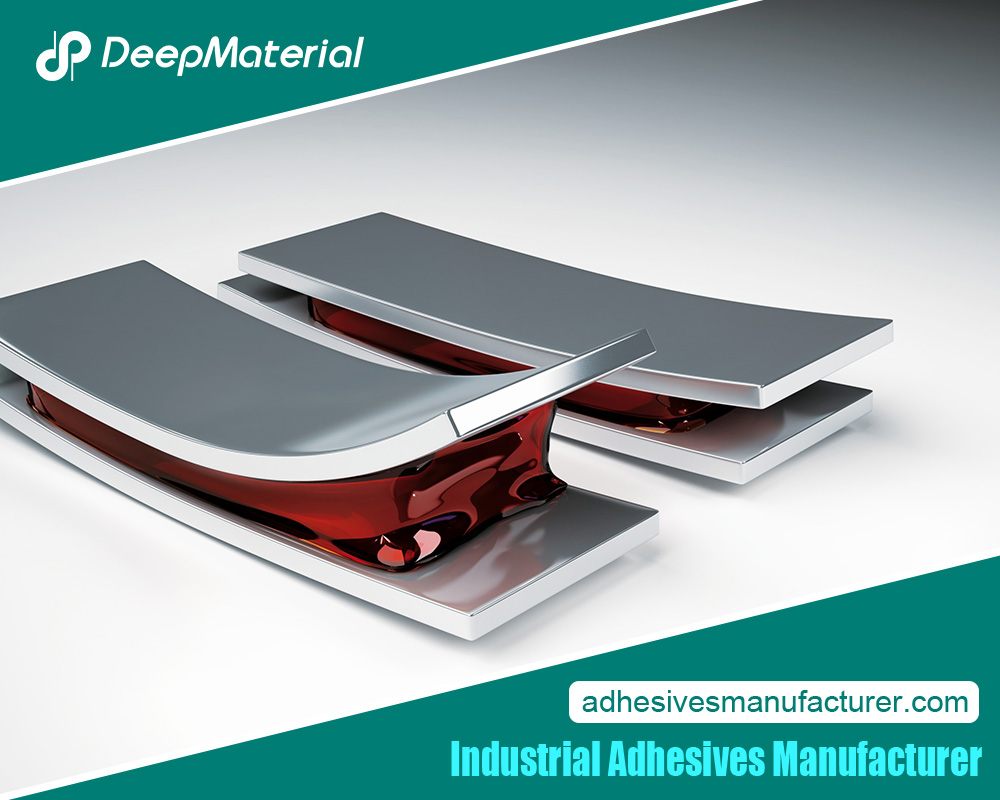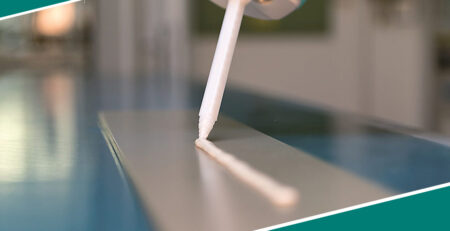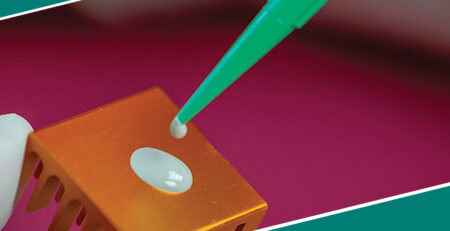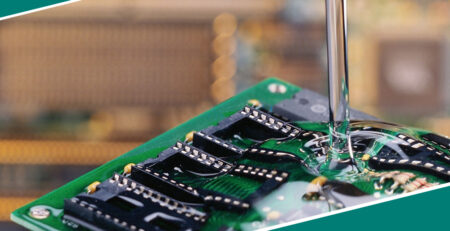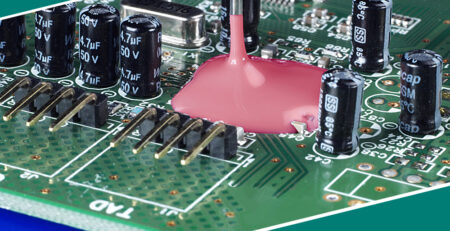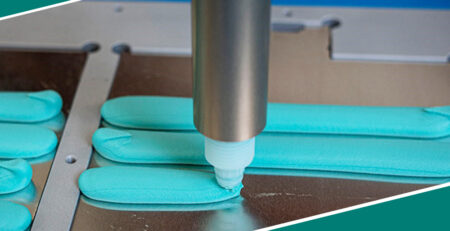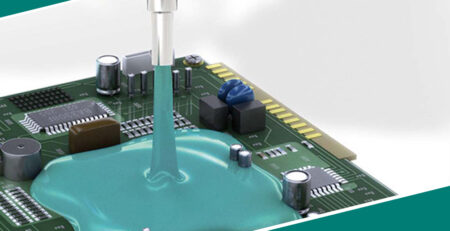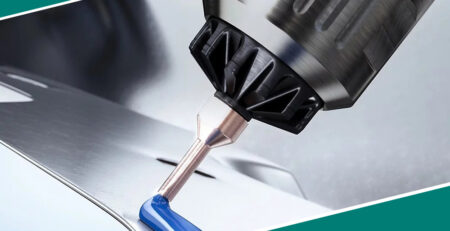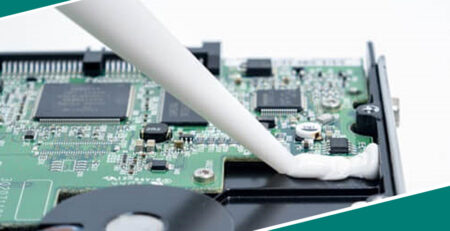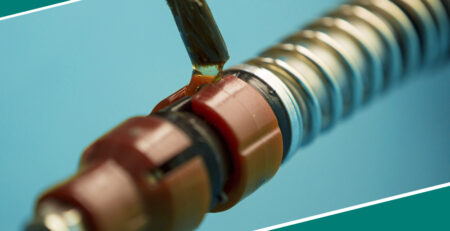Everything You Need to Know About Glass Bonding Adhesives
Everything You Need to Know About Glass Bonding Adhesives
In adhesives, glass bonding adhesives are indispensable for industrial and DIY applications. These specialized adhesives are designed to create solid and durable bonds between glass surfaces or between glass and other materials. Whether you’re working on a home renovation project, crafting delicate glass ornaments, or engaging in large-scale industrial manufacturing, understanding the properties and uses of glass bonding adhesives is crucial. This guide will delve into the types of glass bonding adhesives, their applications, and best practices for achieving optimal results.
Types of Glass Bonding Adhesives
Choosing the suitable glass bonding adhesive is crucial for achieving a robust and lasting bond. Each type of adhesive offers unique properties suited to different applications, from flexible silicones to rigid epoxies. Understanding these types will help you select the most effective solution.
Silicone-Based Adhesives
- Characteristics:Flexible, durable, and resistant to weathering.
- Applications:Ideal for sealing windows, aquarium construction, and automotive glass bonding.
- Advantages: High flexibility, excellent adhesion to glass and other substrates, and resistance to temperature fluctuations.
Epoxy Adhesives
- Characteristics:Rigid, high strength, and often two-part systems requiring mixing.
- Applications: Used for structural bonding in glass-to-glass and glass-to-metal applications.
- Advantages: Superior strength, excellent gap-filling properties, and good resistance to chemicals and impact.
UV-Curing Adhesives
- Characteristics: When exposed to ultraviolet light, it cures quickly, offering a clear finish.
- Applications:Commonly used for glass display cases, optical lenses, and other applications where clarity and precision are essential.
- Advantages:Include a fast curing time, a strong bond, and minimal shrinkage.
Acrylic Adhesives
Characteristics: Versatile and capable of bonding various materials, including glass.
Applications: Suitable for signs, mirrors, and other glass bonding needs where transparency and strength are required.
Advantages: Good clarity, high bond strength, and resistance to environmental factors.
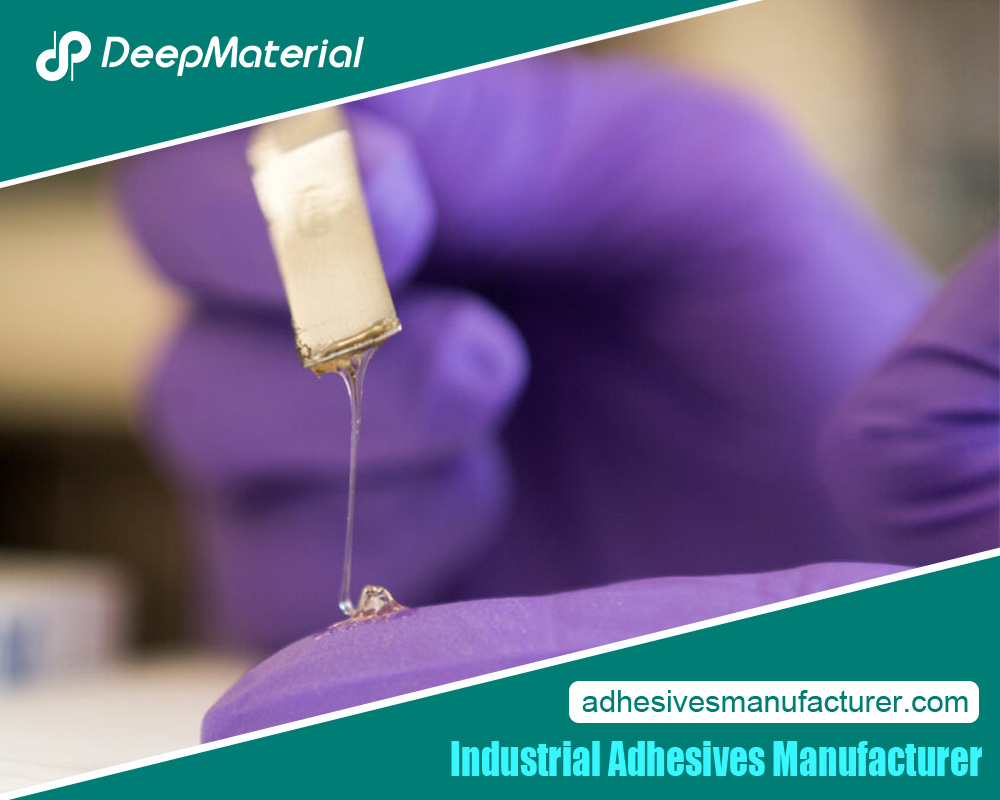
Applications of Glass Bonding Adhesives
Glass bonding adhesives are versatile and crucial in various industries. They offer solutions for joining and assembling glass components with precision and durability.
Architectural and Construction Applications
- Curtain Walls:Used to bond glass panels to structural frames in modern buildings, ensuring aesthetic appeal and structural integrity.
- Glass Facades:Facilitates the installation of glass panels on building exteriors, providing weather resistance and visual continuity.
- Interior Glass Partitions: Ideal for creating sleek, transparent partitions within office spaces and commercial buildings.
Automotive Industry
- Windshield Installation: Provides solid and durable bonds essential for securing windshields in place, contributing to vehicle safety and structural strength.
- Side and Rear Windows: This feature ensures effective adhesion of side and rear windows, improving vehicle aesthetics and passenger protection.
- Glass Roofs and Sunroofs: Bonds glass roofs and sunroofs offer a secure attachment that can withstand various environmental stresses.
Electronics and Technology
- Touchscreens and Displays:Utilized in manufacturing touchscreens and display panels, ensuring clear visibility and robust adhesion without compromising functionality.
- Glass Components in Devices: Bonds glass parts in electronic devices, such as smartphone screens and instrument panels, enhancing durability and design.
Medical and Laboratory Equipment
- Glassware Assemblies: Provides reliable bonding for glass components in laboratory equipment, such as test tubes, flasks, and reaction vessels, ensuring precision and safety.
- Medical Devices: This adhesive bonds glass elements in medical devices, including optical instruments and diagnostic tools, where clarity and durability are critical.
Art and Restoration
- Glass Artworks: Facilitates the creation and repair of glass art pieces, allowing artists to assemble intricate designs with solid and invisible bonds.
- Historical Restoration: This adhesive is used to conserve and restore historic glass artifacts, preserving their integrity while maintaining their original appearance.
By leveraging the unique properties of glass bonding adhesives, industries can achieve high-quality, durable, and aesthetically pleasing results in various applications, from architectural marvels to intricate electronic devices.
Best Practices for Using Glass Bonding Adhesives
Effective use of glass bonding adhesives requires careful attention to detail and adherence to best practices to ensure optimal performance and durability of the bond.
Surface Preparation
- Cleaning:Thoroughly clean glass surfaces to remove dust, oil, and residues. Use appropriate solvents or cleaning agents and ensure surfaces are dehydrated before applying the adhesive.
- Roughening:If necessary, lightly abrade the glass surface with a fine abrasive pad to improve adhesive grip. Be cautious to avoid scratching the glass, which can affect the bond.
Adhesive Selection
- Compatibility:Choose an adhesive specifically formulated for glass bonding to ensure compatibility with the type of glass and the intended application.
- Type of Adhesive:Consider factors such as curing time, strength, flexibility, and transparency. For example, UV-curable adhesives are ideal for quick bonding and clarity, while epoxy adhesives offer high strength for structural applications.
Application Techniques
- Proper Dispensing:Apply the adhesive evenly using appropriate tools such as syringes, brushes, or dispensers. Avoid over-applying; excess adhesive can create messes or interfere with the bond.
- Alignment:Ensure precise alignment of glass components before the adhesive sets. Once positioned, apply gentle pressure to maintain alignment and ensure a strong bond.
Curing and Setting
- Curing Conditions: Follow the manufacturer’s recommended time and conditions, including temperature and humidity requirements. Some adhesives may require UV light or heat to heal effectively.
- Handling: To ensure a clean and strong bond, avoid disturbing the bonded glass during the curing period. Protect the assembly from external stresses or impacts until the adhesive is fully cured.
Environmental Considerations
- Temperature:Apply adhesives within the recommended temperature range to ensure proper adhesion and curing. Extreme temperatures can affect the adhesive’s performance.
- Moisture Control:Manage humidity levels, as excess moisture can interfere with the adhesive’s ability to bond effectively. Ensure the environment is dry, or use moisture-resistant adhesives when necessary.
Safety Precautions
- Protective Gear:Wear appropriate safety gear, such as gloves and goggles, when handling adhesives and cleaning agents to prevent skin contact and eye irritation.
- Ventilation:Work in a well-ventilated area to minimize exposure to potentially harmful fumes released by some adhesives.
Testing and Quality Control
- Bond Strength Testing: Test sample bonds to ensure they meet the required strength and durability standards for your specific application.
- Visual Inspection: Check the bonded joints for any visible defects or inconsistencies, such as bubbles or gaps, which could compromise the integrity of the bond.
Adhering to these best practices can help you achieve strong, reliable bonds with glass bonding adhesives, ensuring the success and longevity of your glass applications across various industries.
Conclusion
Glass bonding adhesives are essential in various applications, from everyday repairs to complex industrial tasks. You can achieve strong, durable, and reliable bonds by choosing the right type of adhesive and following proper application techniques. Whether you’re a DIY enthusiast or a professional, understanding the properties and uses of glass bonding adhesives will help you make informed decisions and ensure successful project outcomes.
For more about everything you need to know about glass bonding adhesives, you can pay a visit to Deepmaterial at https://www.adhesivesmanufacturer.com/ for more info.

